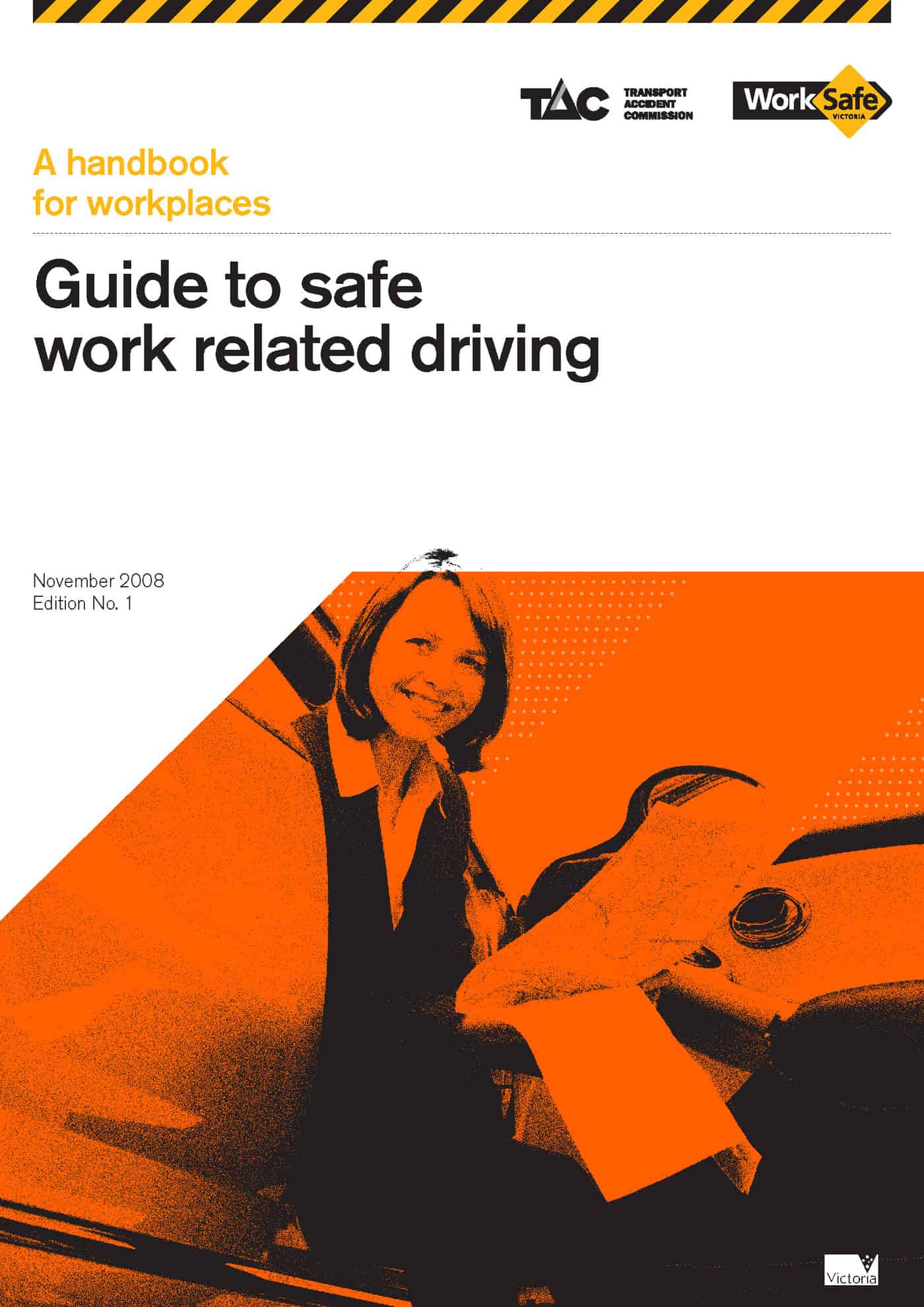In the Melanie Griffiths movie, Working Girl, her character gained inspiration by linking an article in the social pages of a newspaper with a business article in the paper, much to Sigourney Weaver’s professional embarrassment. This week SafetyAtWorkBlog received a similar confluence of information.
Following a fatal level crossing collision in Queensland between a passenger train and a garbage truck, the latest in several crossing incidents, the Queensland Transport Minister, John Mickel, issued a media statement outlining his plans.
QR [Queensland Rail – a government-owned rail company] will target priority level crossings in North Queensland with $10 million approved today to start work immediately on implementing improvements identified by a joint QR Task Force involving train drivers and rail unions.
QR will also step up its community education and public awareness campaigns about the need for motorists to be vigilant when using level crossings.
Transport Minister John Mickel said the urgent funding allocation and expanded community education campaigns would put greater focus on the on-going issue of level crossing safety.
A similar type of announcement was made over 12 months ago by the Victorian Transport Lynne Kosky. In The Age on 6 January 2009, an article reported that the government has agreed to provide the roads authority with a $700,000 grant to paint
“new yellow markings at more than 50 intersections around the city.”
Connex [a private rail company whose contract is up for renewal] has reported a big increase in near misses at level crossings in 2008 at the same time it
“demanded the Government prevent cars queueing dangerously on roads at rail crossings after drivers and other Government agencies reported the rising problem.”
The yellow markings are to “indicate cars must not stop there”.
Apparently the government believes that drivers who push through traffic and get stuck on a clearly signposted level crossing are more likely to change their behaviour because there are now yellow lines painted on the road. The hierarchy of controls is not big in government policy thinking.
The New South Wales government (the State between Queensland and Victoria) instigated a program of grade separation in the 1930’s almost eliminating the problem of collisions. This required a vision of the future that is no different from the current circumstances – more people, more vehicles, more demand for public transport. That government chose to plan for the long-term benefit of the community that live beyond the next election cycles.
Let’s hope that the Queensland government looks for sensible safety planning from the State next door and not the one down South.
The following links on Victorian rail crossing incidents can be used as a starting point for a greater understanding of the safety and political issues:

